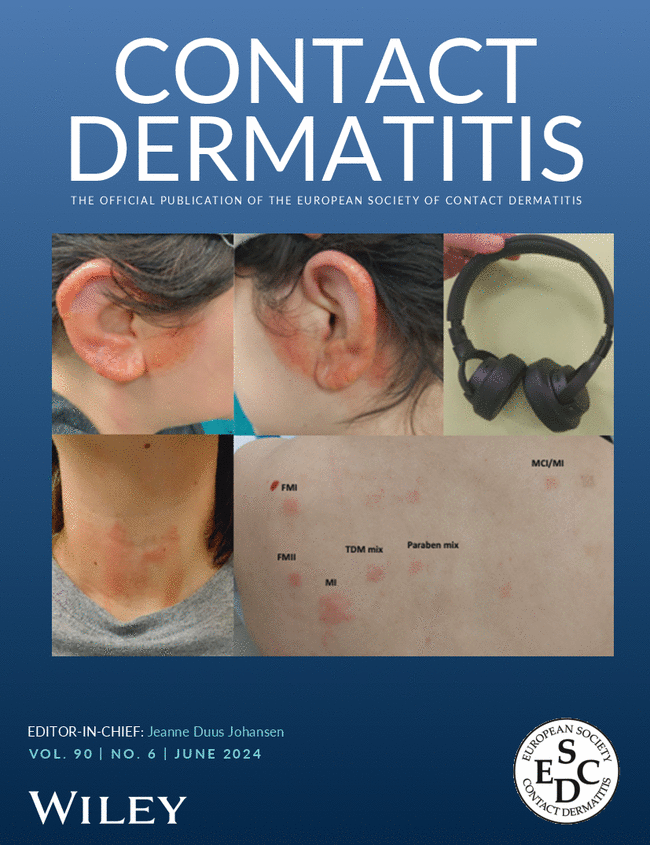Skin sensitisation elicitation: Evaluation of the general threshold and considerations for use
Abstract
Background
Allergic contact dermatitis (ACD) is an immune response to chemical haptens, involving induction and elicitation phases. Quantitative risk assessment (QRA) reviewing the skin sensitisation potential for all ingredients and using chemical-specific induction thresholds for skin allergens remains the current best approach for the safety evaluation of consumer products. However, elicitation thresholds have utility in secondary protection for pre-sensitised consumers.
Objectives
The objectives were to (1) review the current elicitation threshold database, (2) evaluate whether predicted relationships between chemical induction and elicitation potencies enable elicitation threshold prediction and (3) discuss elicitation threshold utility as a secondary method of consumer protection.
Methods
In total, 28 publications (with 39 elicitation datasets) were included in non-linear regression analysis to derive elicitation thresholds for 22 allergens, including fragrances, preservatives and metals.
Results
The median elicitation threshold (ED10) for the expanded database was 0.95 μg/cm2, which supports previously published general elicitation thresholds. The derived ED10 for each chemical had only weak to moderate correlation with corresponding induction thresholds, thus limiting suitability as the predictive model.
Conclusions
Assessment of current EU fragrance allergen labelling and sensitiser labelling under the globally harmonised system in the context of general and chemical-specific elicitation thresholds shows that current practices are health protective.


 求助内容:
求助内容: 应助结果提醒方式:
应助结果提醒方式:


